Summer Reading Lists
Summer Reading Lists
Grupology writing instructor Ann Koh has curated a list of awesome summer books for your child, along with thought-provoking questions to prompt a great discussion or written response.
2024 Summer Reading List:
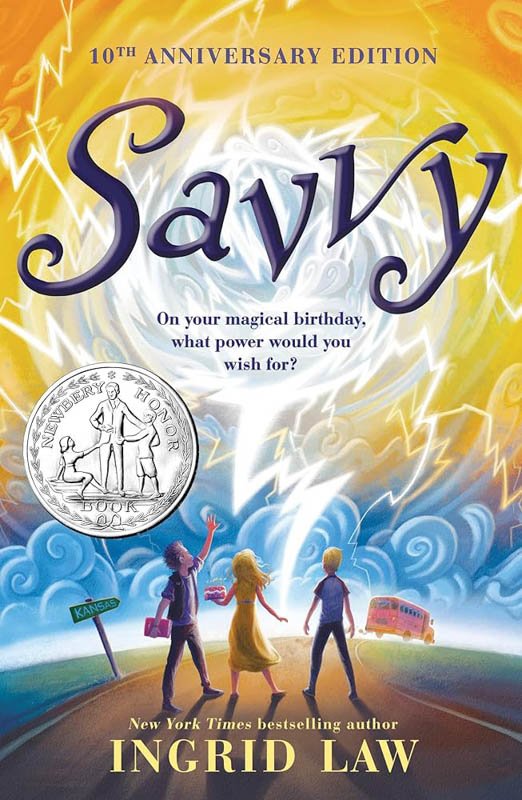 |
SavvyAges 9–13 |
|
When Mibs turns thirteen she finally receives her special ability, called a savvy. She must make use of this power when her father is in an accident. However, a wrong turn sends her and her companions on an unexpected adventure in this fantasy novel. Prompt: How does Mibs’ relationships with the other characters change as the story progresses? |
|
 |
The Red PencilAges 9–13 |
|
Told in verse, this is the story of a young Sudanese girl who is forced to leave her village during the civil war. Her family ends up in a refugee camp where she learns the power of creativity and yearns to go to school. Prompt: What obstacles does Amira face when trying to get an education, and how does she overcome them? |
|
 |
Lincoln’s Grave RobbersAges 10–13 |
|
In 1876 to get their best engraver out of jail, a group of counterfitters conspires to steal Lincoln’s bones and hold them for ransom. This is the true story of how law enforcement officials worked tirelessly to stop them. Prompt: What is Lewis Swegles’ role in the story, and what skills does he need to be successful? |
|
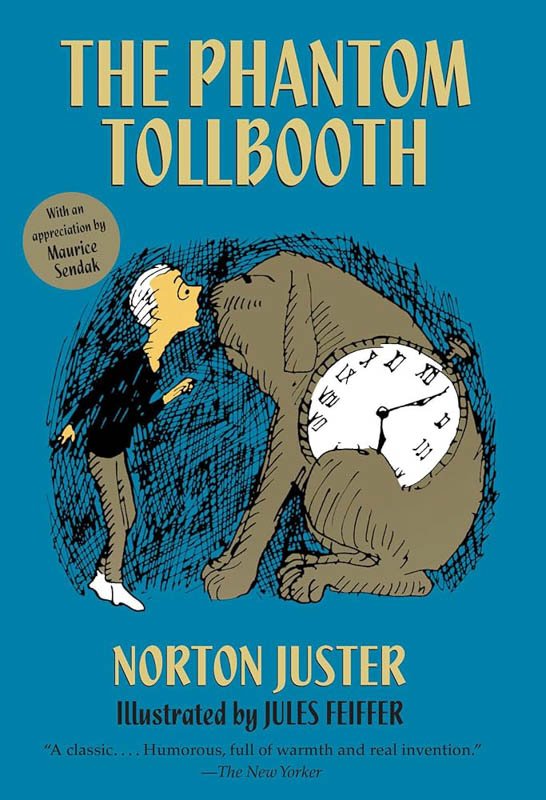 |
The Phantom TollboothAges 10–13 |
|
Milo was always bored until a strange tollbooth appeared in his room. Driving through the tollbooth in his toy car sends him on an amazing journey through the Kingdom of Wisdom where he finally understands the value of time and the excitement of learning. Prompt: Explain some of the lessons Milo learned as he traveled through the Lands Beyond. |
|
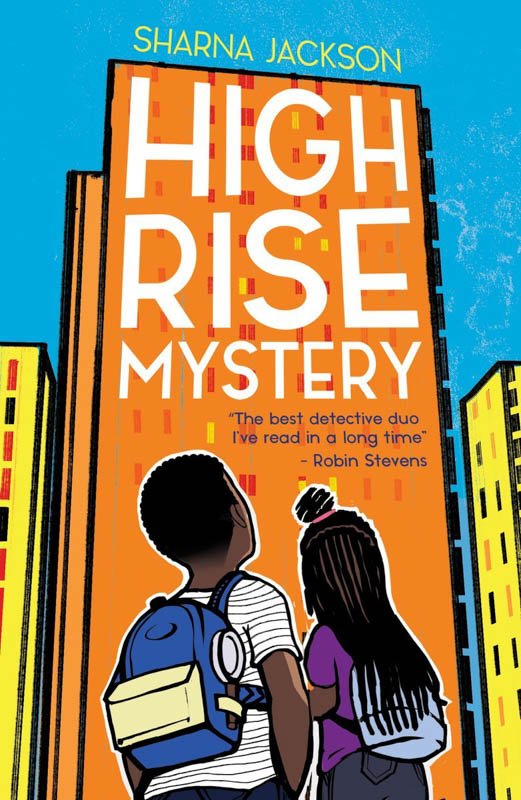 |
High Rise MysteryAges 12–14 |
|
When their art teacher is murdered, aspiring detectives Nik and Norva must use everything they’ve learned to solve this important case. The crime happened in their apartment complex which makes all of their neighbors suspects, including their own father. Prompt: What traits do Nik and Norva have as individuals that make them such a good team and help them solve the case? |
|
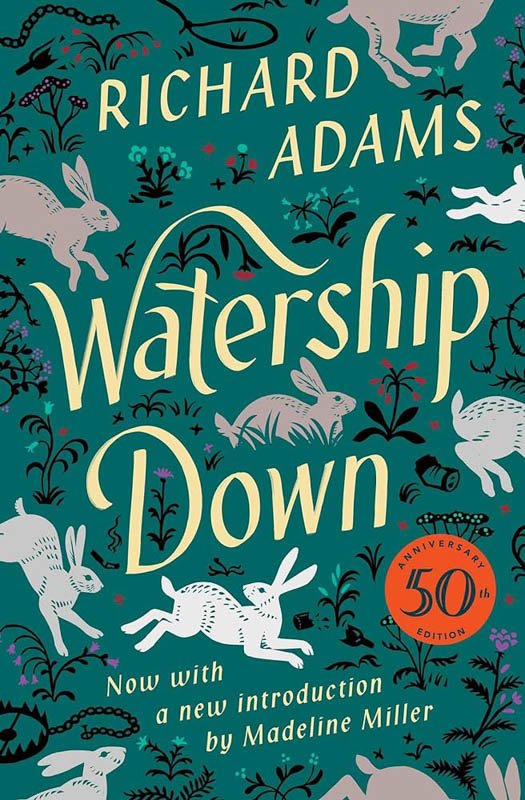 |
Watership DownAges 12–14 |
|
In this epic tale, a small band of rabbits flee their warren to avoid its impending destruction. Led by an unlikely pair of brothers, they face countless obstacles during their perilous and inspiring journey to find a new home. Prompt: How do the characters in the story exhibit and respond to different styles of leadership? |
|
2023 Summer Reading List:
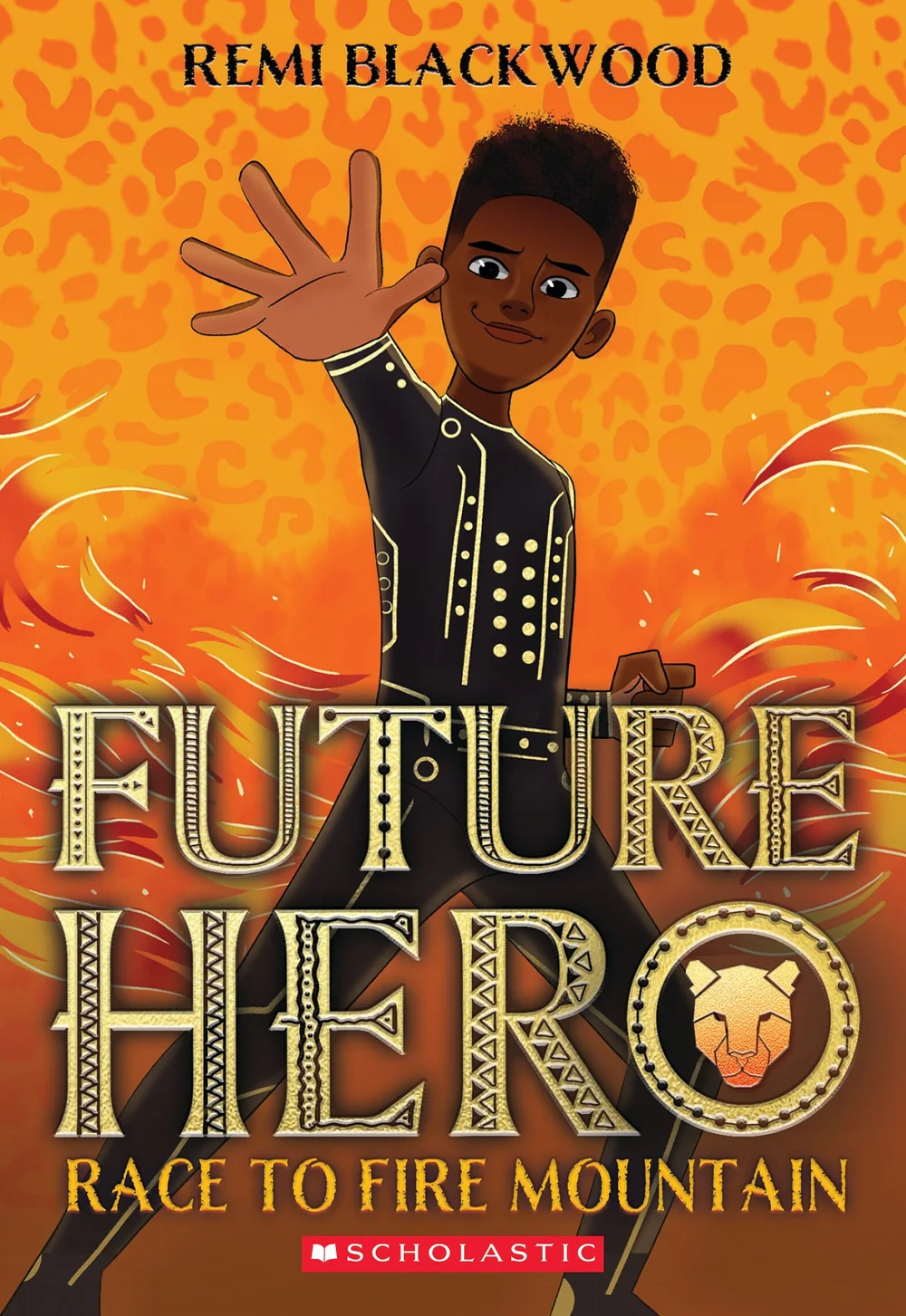 |
Future Hero: Race to Fire MountainAges 7–10 |
|
A young boy has spent years drawing pictures of a futuristic world only to find out that it really exists, and he is a descendent of its greatest hero. The other world is in trouble so he agrees to go through a portal to help save it. There he befriends a girl that helps him with his quest. Prompt: It took time for Kimisi and Jarell to learn to trust one another. What were each character's strengths and how did they work together as a team? Use specific examples from the book to support your answer. |
|
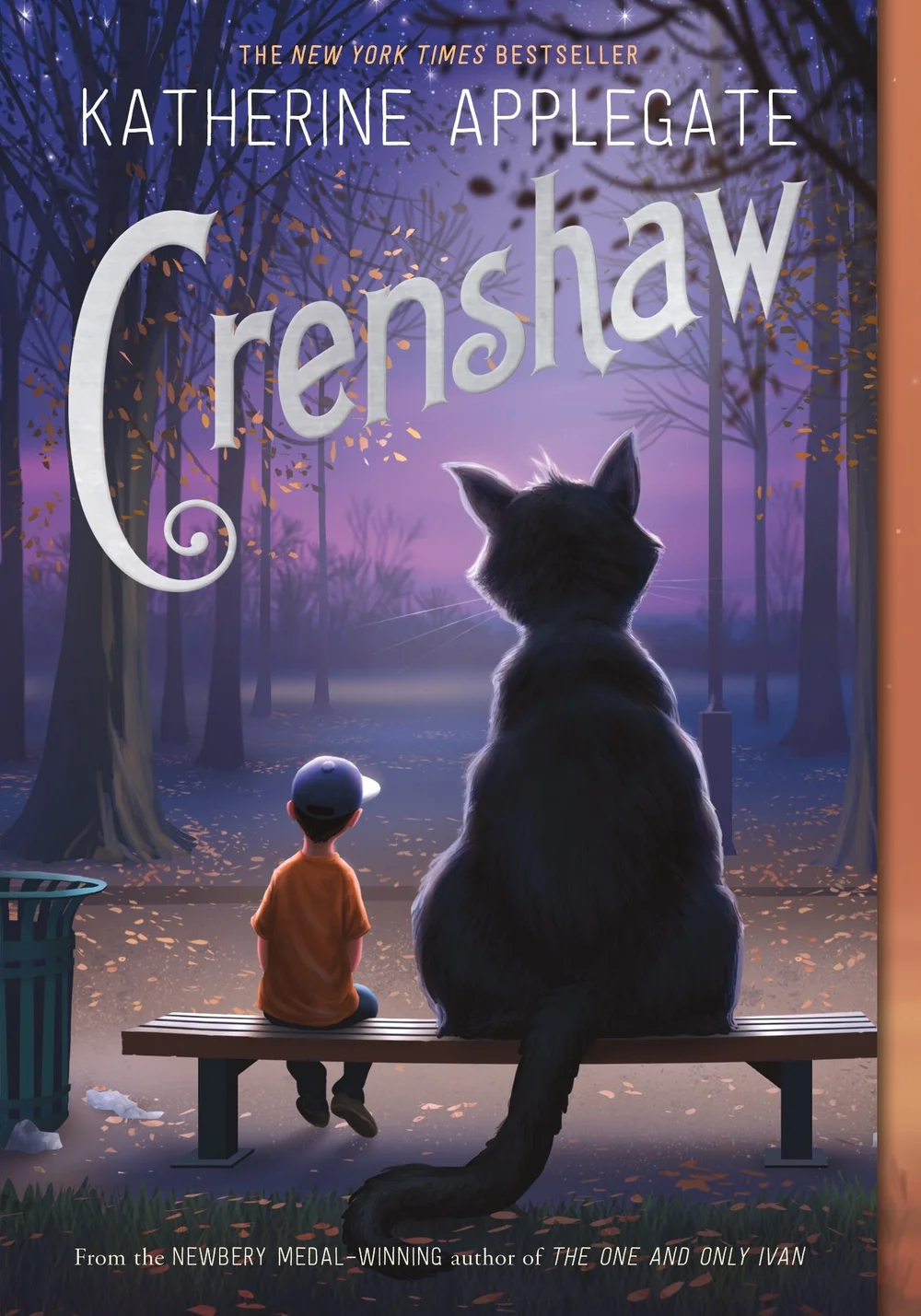 |
CrenshawAges 8–10 |
|
A family is struggling financially and is about to get evicted from their home. As the young son worries about how this will impact his family and his friends, a giant cat named Crenshaw appears to give him comfort and guidance. Prompt: Jackson’s family struggled financially. What sacrifices did Jackson have to make and how did Crenshaw help him? Use specific examples from the book to support your answer. |
|
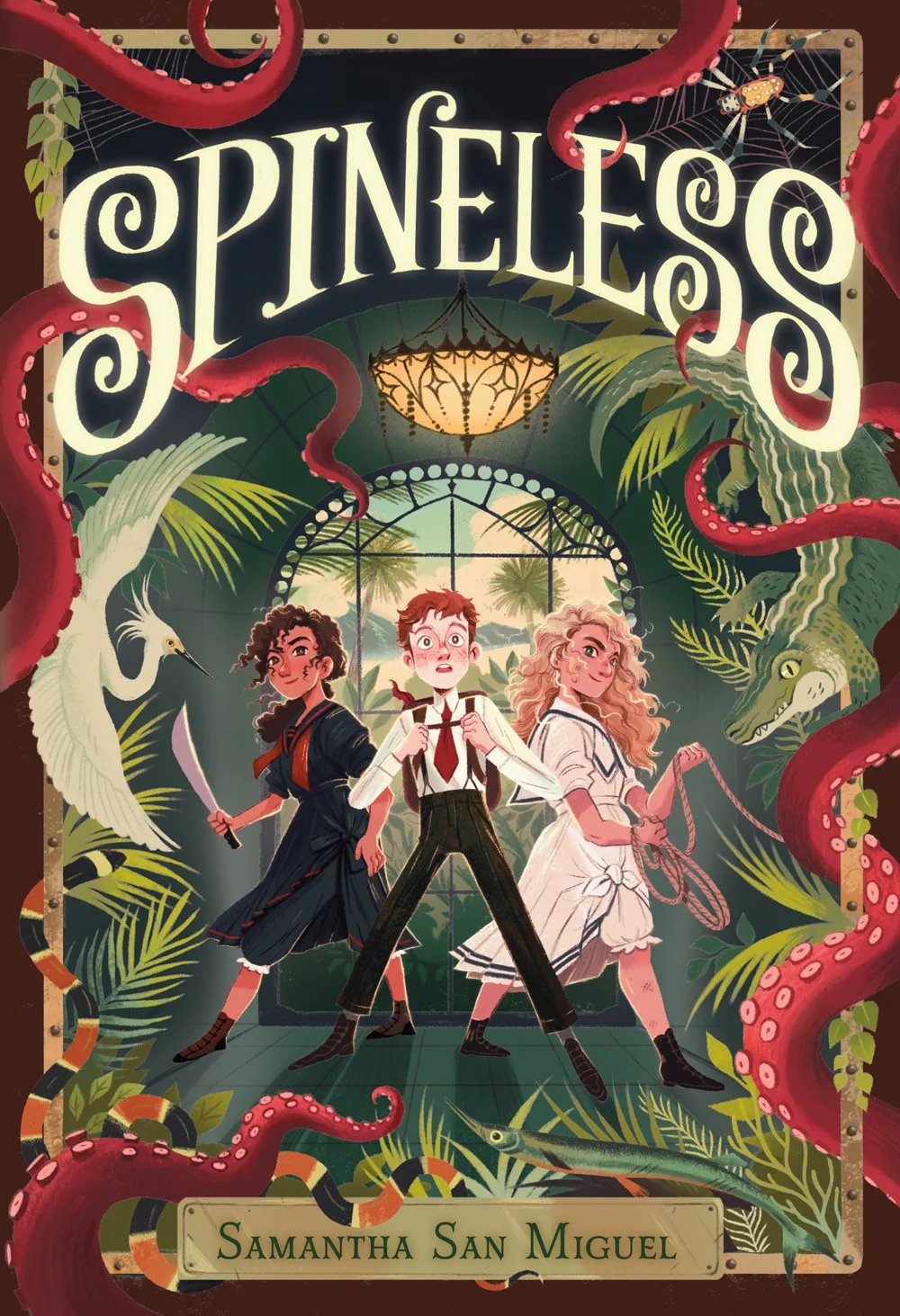 |
SpinelessAges 8–11 |
|
A 12-year-old who wants to be a naturalist moves to a hotel in Florida during the late 1800s. He quickly befriends two local girls and gets wrapped up in an adventure that involves several other guests and a mysterious creature that is lurking around the property. Prompt: What was Algie’s dream and how did it affect the decisions he made? Use specific examples from the book to support your answer. |
|
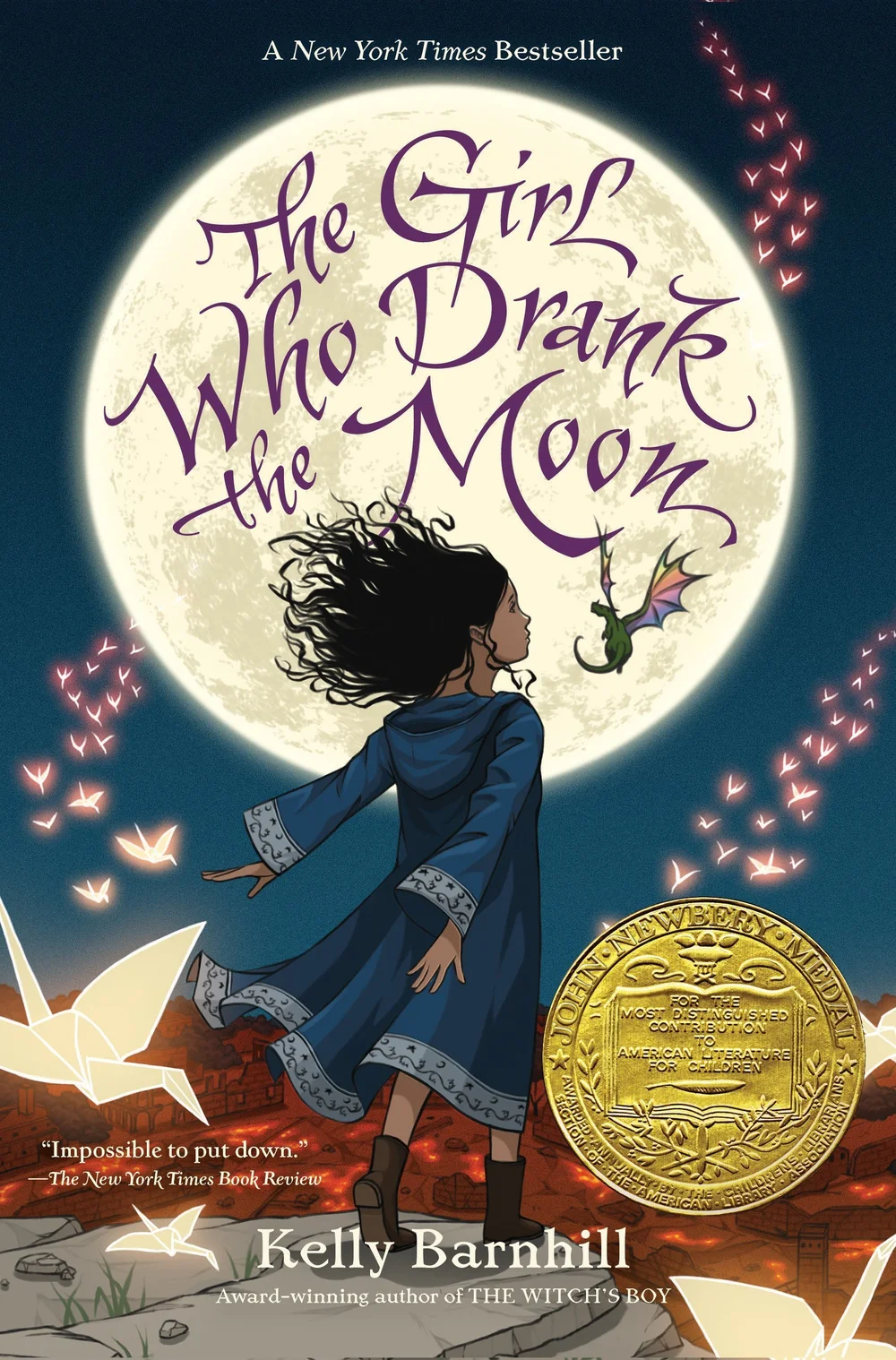 |
The Girl Who Drank the MoonAges 10–14 |
|
Every year a woman rescues a baby that has been abandoned in the forest and brings it to a good home. One year, after accidentally feeding a child from the moon and giving her magical powers, she decides to keep her. Years later as the child’s magic grows, they must deal with the unintended consequences. Prompt: In what ways was the Protectorate different from the Free Cities? How was Xan partially responsible for the differences? Use specific examples from the book to support your answer. |
|
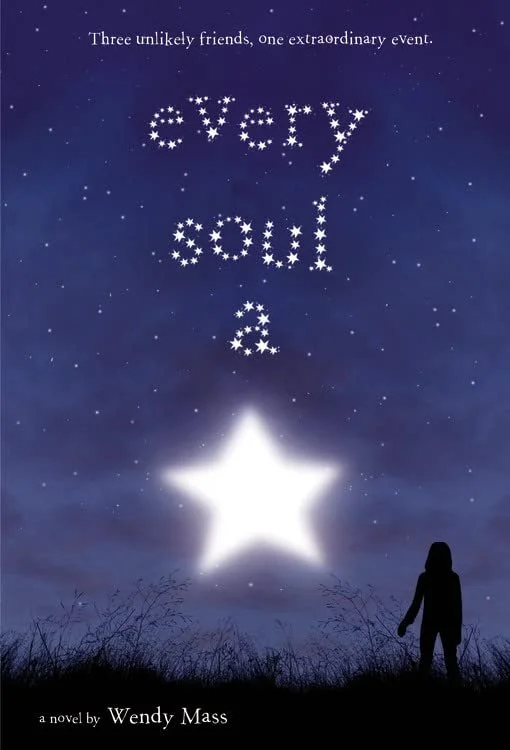 |
Every Soul a StarAges 11–14 |
|
The solar eclipse is bringing people to Moon Shadow camp from all over the country. The story is told from the perspective of three teens who have different levels of interest in the upcoming event. As the day approaches, they each learn something unexpected about themselves and their new friends. Prompt: This story is told from three different perspectives. Choose one of the narrators and describe how they changed throughout the story. What did they learn about themselves? Use specific examples from the book to support your answer. |
|
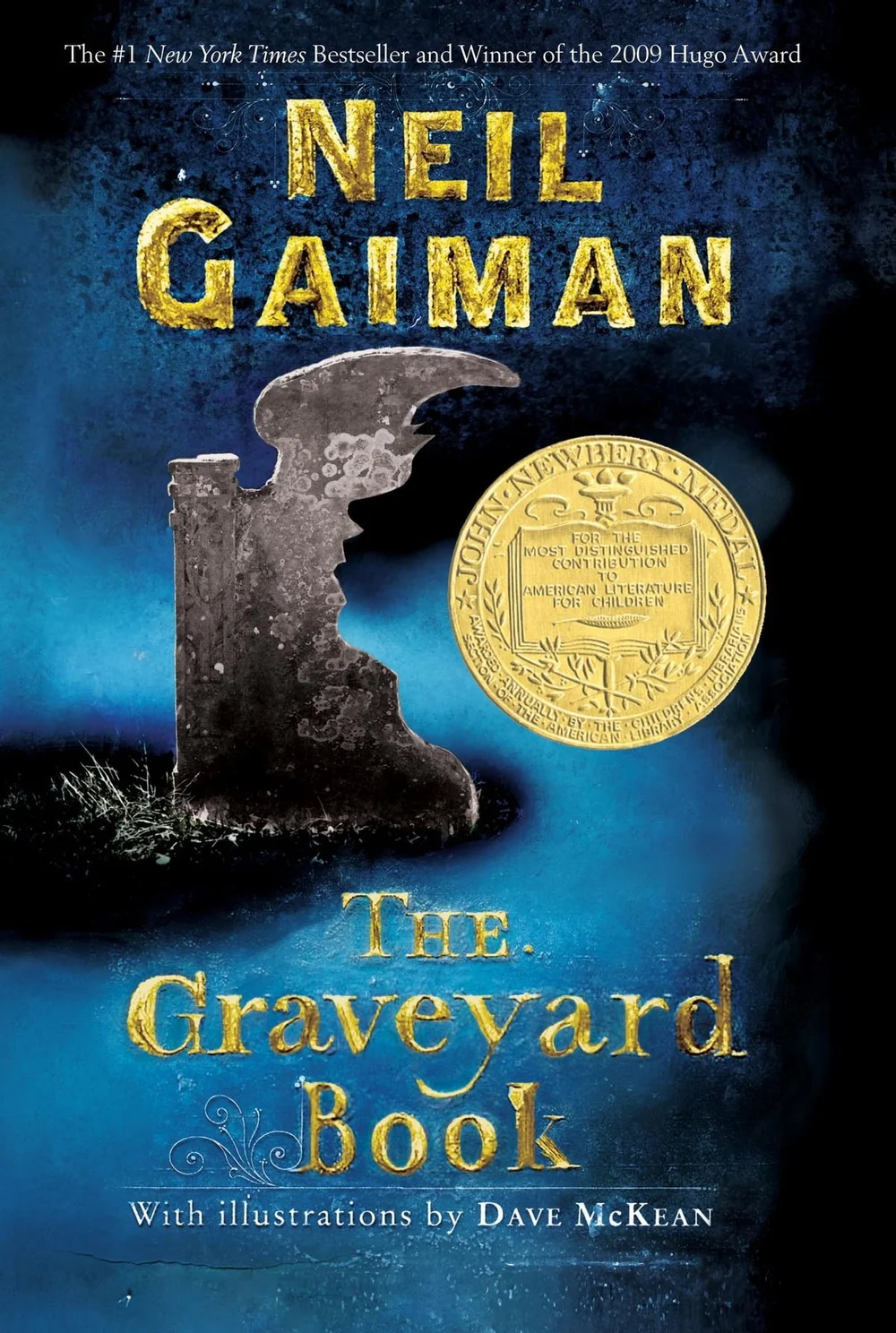 |
The Graveyard BookAges 11–14 |
|
The ghosts from a graveyard agree to raise and protect a young boy who was recently orphaned under tragic circumstances. Though surrounded by death, as the boy grows and faces many obstacles, he learns the value of life. Prompt: In chapter 6, Silas tells Bod, “You’re alive, Bod. That means you have infinite potential.” In the context of this story, what does that statement mean? Use specific examples from the book that support your answer. |
|



